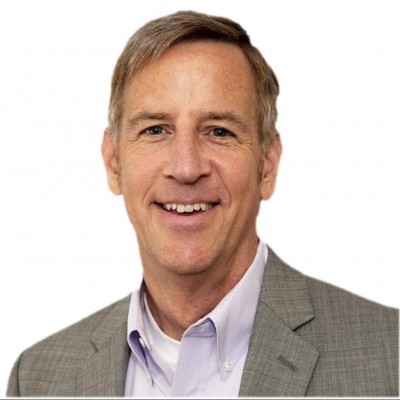NOTE: Please join us this Friday, May 21 at 10 am Pacific (11 am Mountain, Noon Central, 1 pm Eastern) for an Open Forum Zoom on the topic of planned giving programs. An invitation will be sent to everyone on our email list on Thursday – with the connecting link. If you haven’t already, you can sign up for that in the blue box to your right on this screen. The rest of this post will give you some background for the Zoom gathering on Friday.
The Gist

In the past year, all of our congregations made a hard pivot to all online worship and programs, our member engagement may have changed, or I should say it is harder to understand and track member engagement. And we had to pay special attention to our finances, since sources of revenue and expenses changed.
Many congregations found that their endowment and other invested funds became much more important in stabilizing congregations’ finances during the last year, or at least reducing fears about financial sustainability. Many leaders “woke up” to the immediate importance of a healthy planned giving program – both for the congregation’s finance program and for our members, who are looking to establish their legacies. For many people the term Long Term Stewardship is more obvious and inspiring than “planned giving.”
Here are some steps to launching or rejuvenating your planned giving program:
- Educate your Board, Stewardship, and Finance Committee members about planned giving programs, endowment and other permanent funds. Most people don’t know much these topics
- Consider creating funds aside from reserves and a traditional highly restricted endowment, which are usually for “emergencies only” and tend to be highly restricted. This might be called a Sustainability or Opportunity Fund, For instance, this might be used to build the multi-platform ministry
- Ensure your key documents are in shape: Gift Acceptance Policy, Planned Giving Procedures, Endowment Purpose Statement, Endowment Policies, Donor intent Form, the planned giving page on your congregation website, brochures or other materials
- Recruit to establish or grow the stewardship team so you have the capacity to do planned giving
- Communicate with members known to have made long term financial plans that include the congregation
- Identify members to approach to ask about their intent
- Integrate Long Term Stewardship into the congregational worship and communication calendars
- In your communications, include some specifics about inspiring uses of these funds — e.g., as seed money for innovative programs, grant-making, or social justice or anti-racism work
- Reignite or establish a legacy society and hold a gathering to celebrate those members
- Create a thanking and recognition program
- Consider plaques, honoring artwork or other visible acknowledgements
This may seem daunting, yet many congregations have at least some of these steps done already. Whether you are just starting or are reinvesting in your Long Term Stewardship, do research on the internet and reach out to other UU congregations to gather ideas and knowledge.
And contact if you need help – we are glad to support you in this program!
Liz Coit, Kay Crider, Mark Ewert, Barry Finkelstein and Rachel Maxwell are part of the Stewardship For Us team. Please send your questions and topic suggestions for our blog or online Friday Forum discussions to team@stewardshipforus.com

Mark Ewert is a stewardship consultant, a Chartered Advisor in Philanthropy® (CAP®), and a professional leadership and philanthropy coach (PCC) certified with the International Coaching Federation.
His experience includes founding a nonprofit, working as a fundraiser, and leading a national organization. Reach Mark at Team@StewardshipForUs.com


I am looking forward to getting more information.